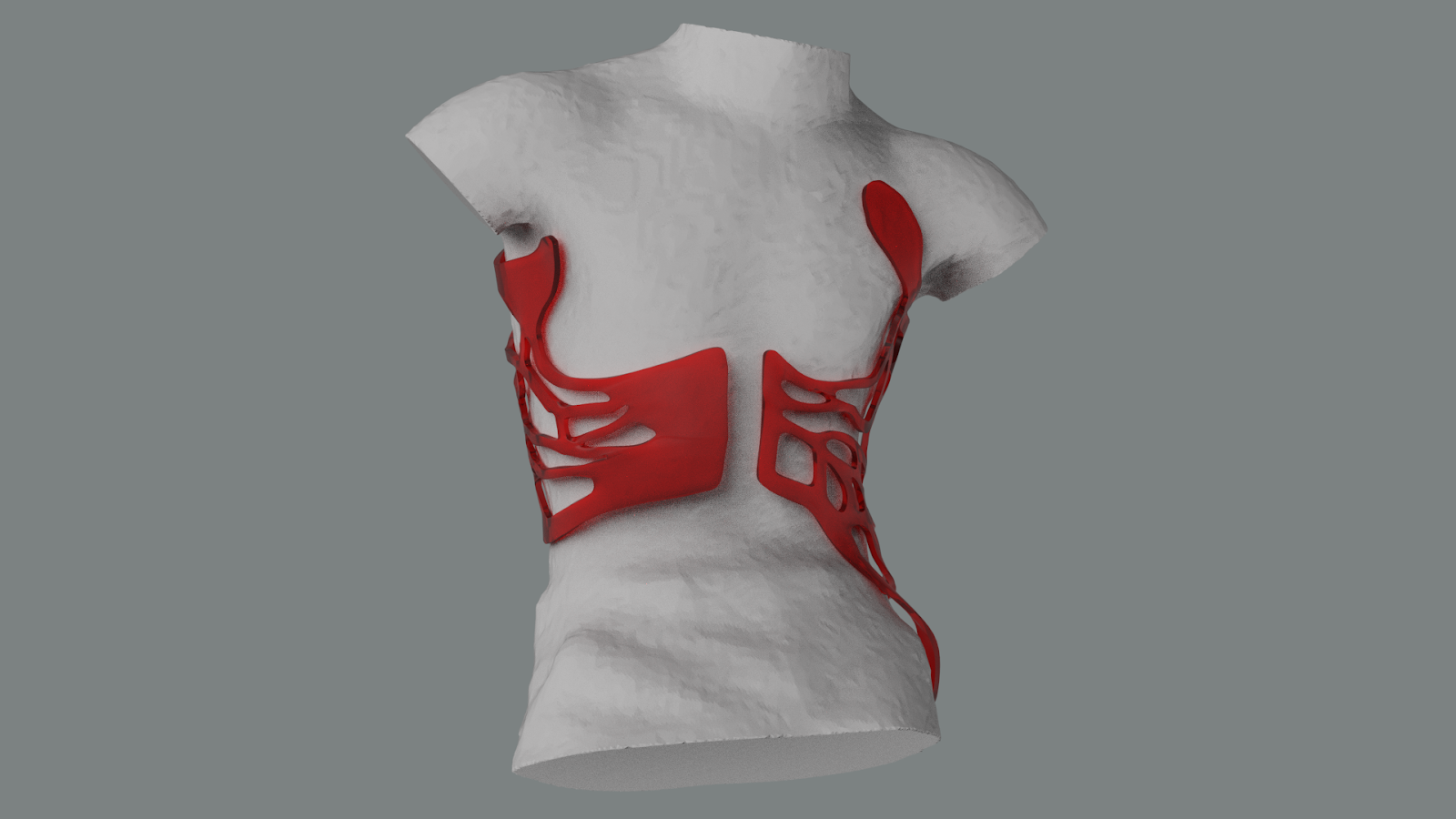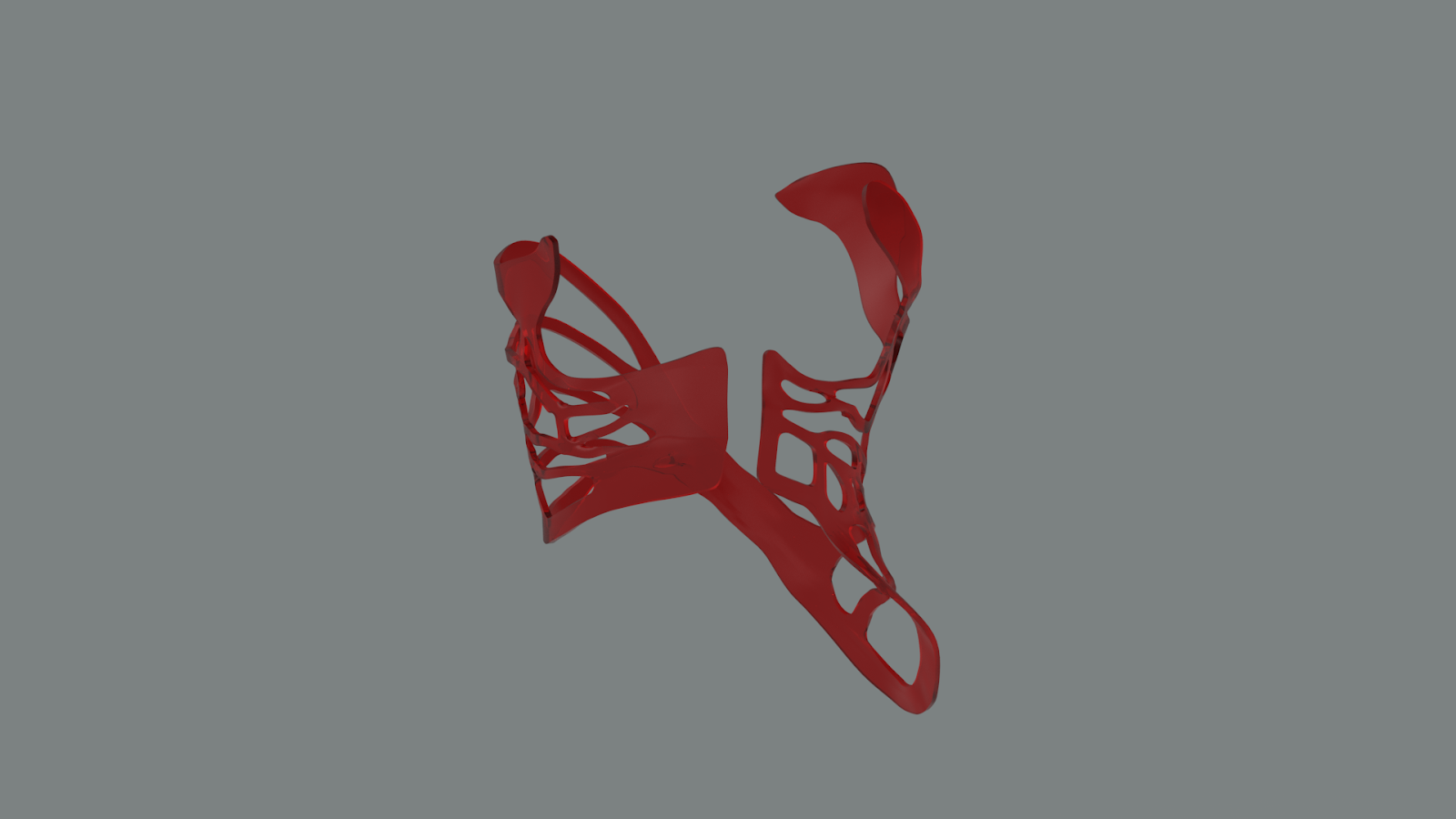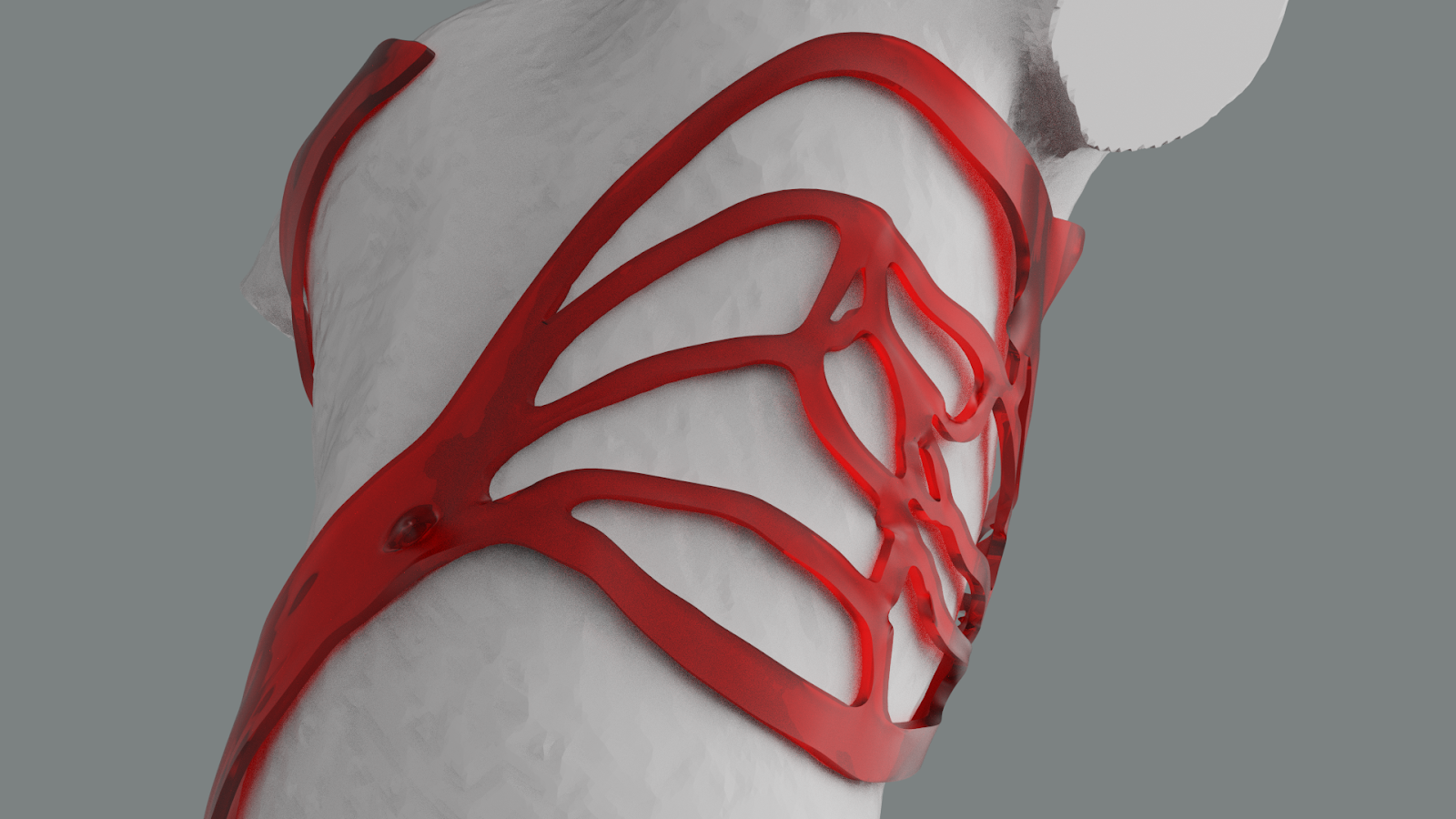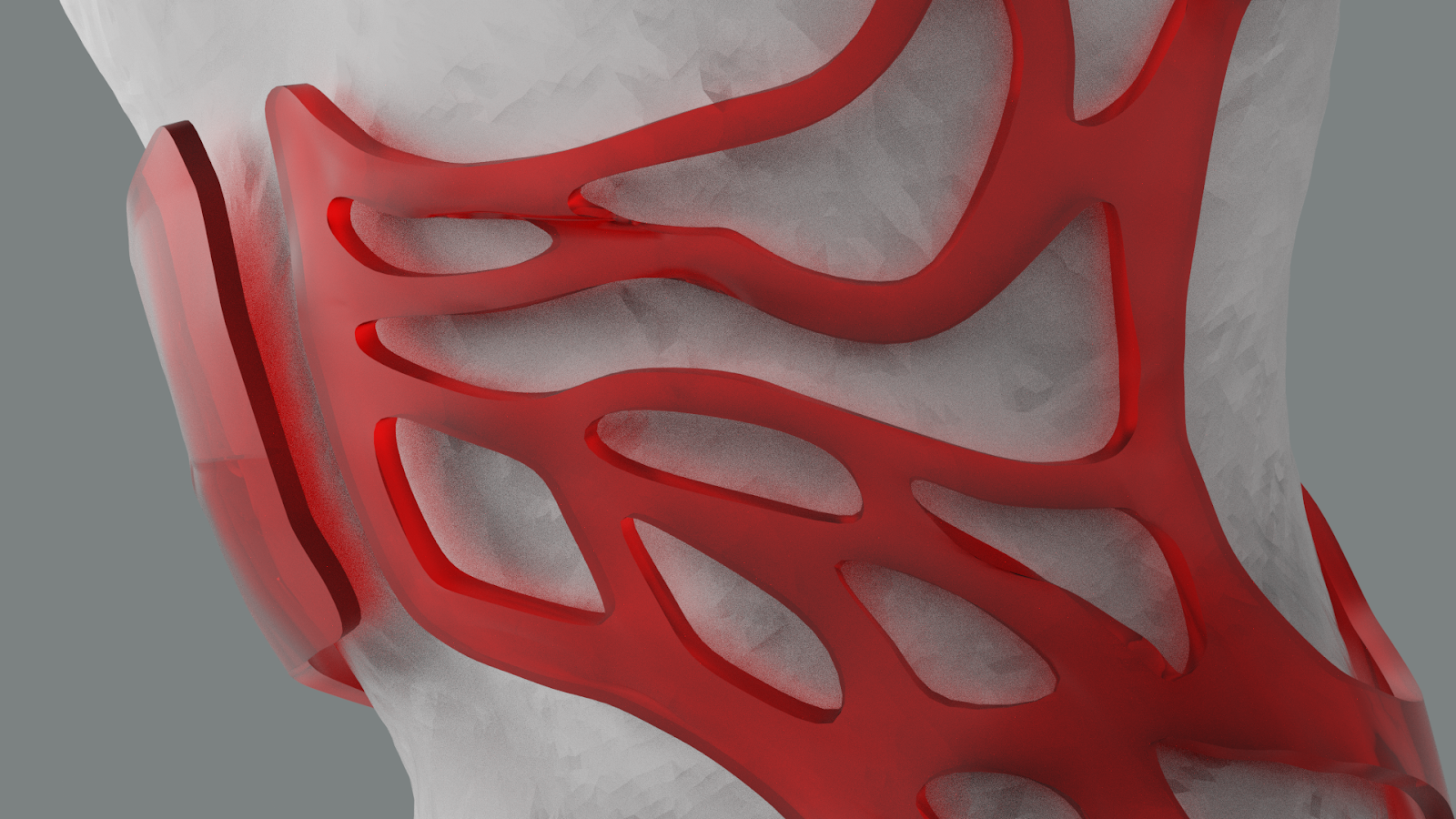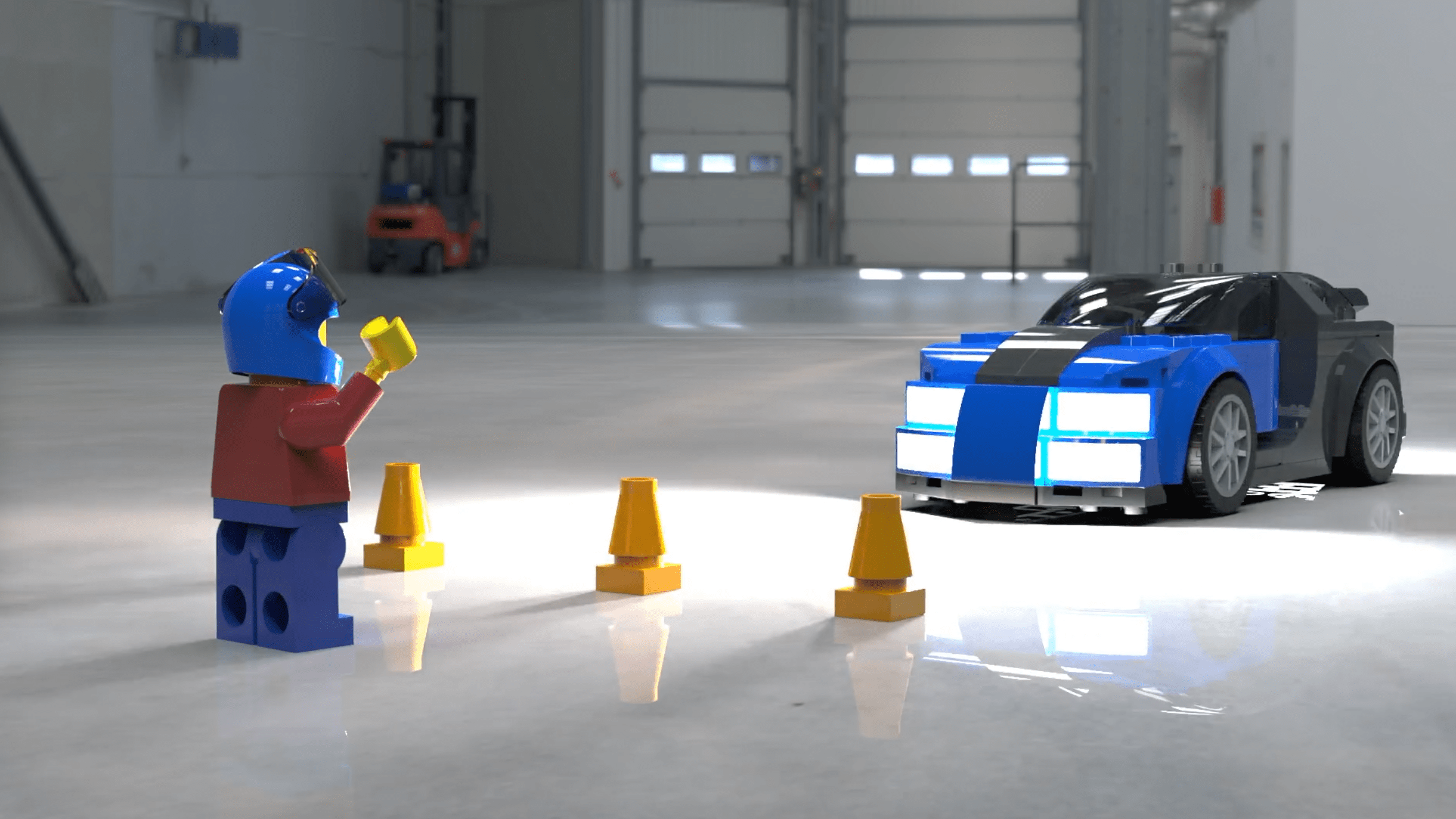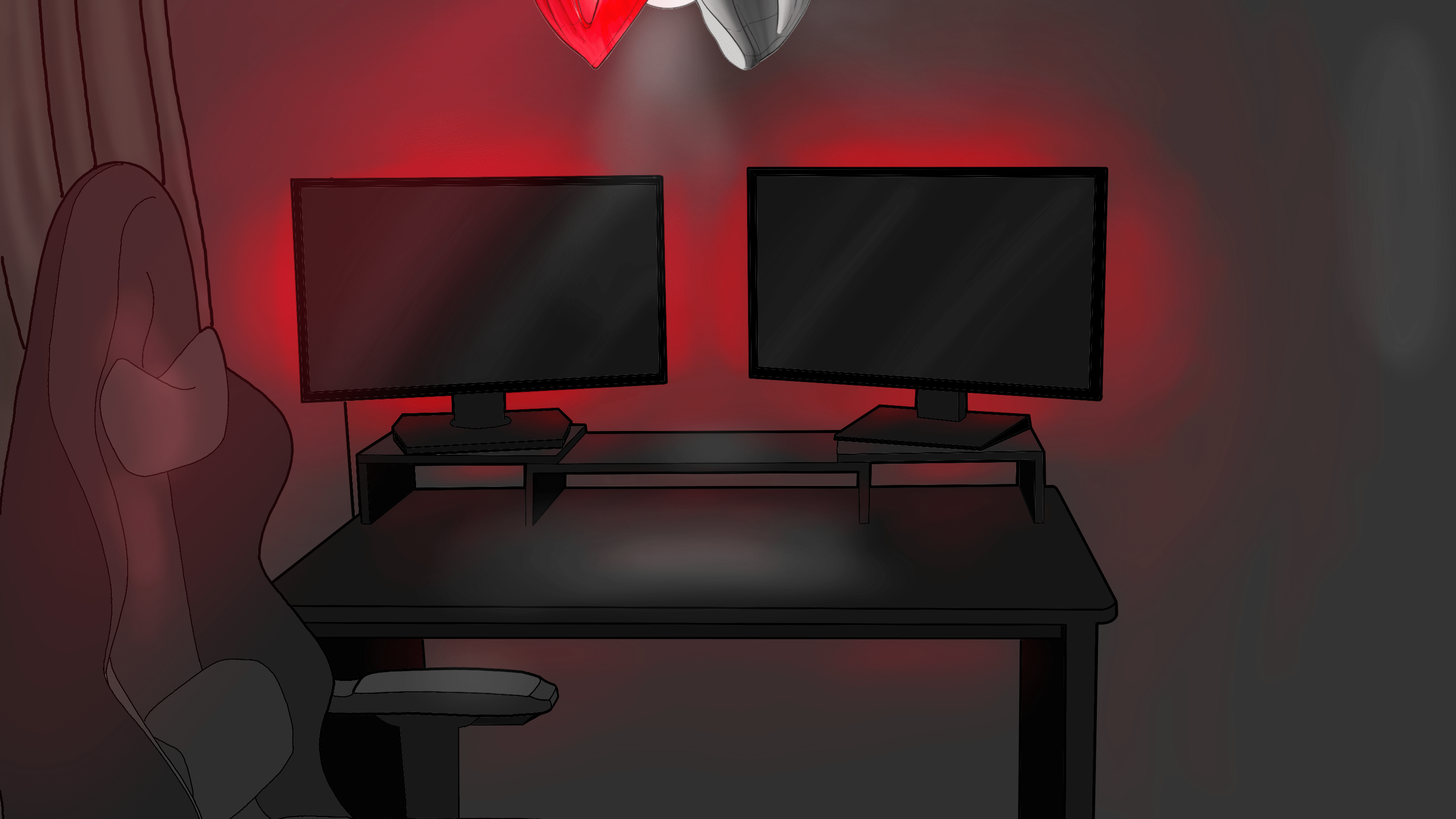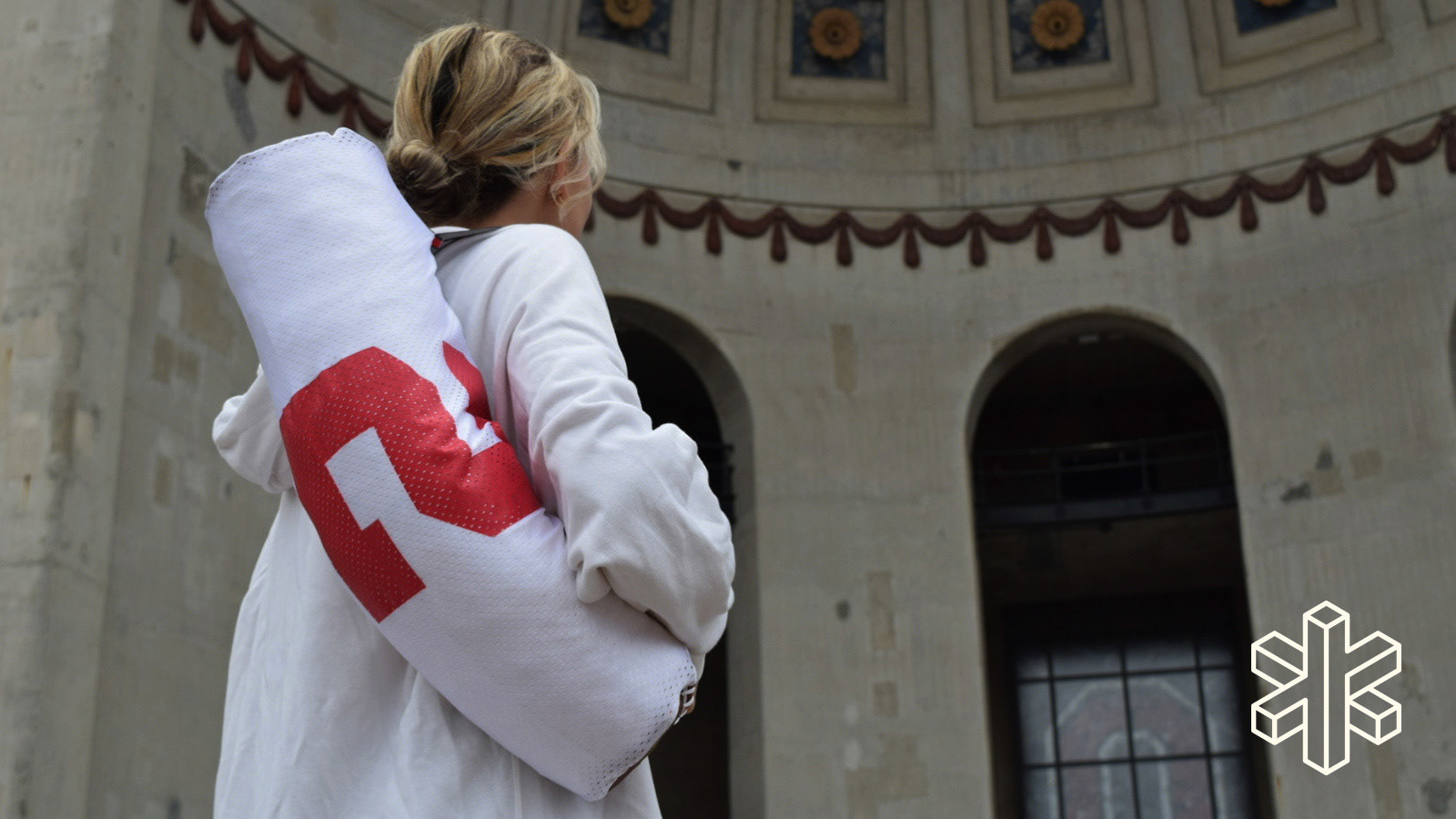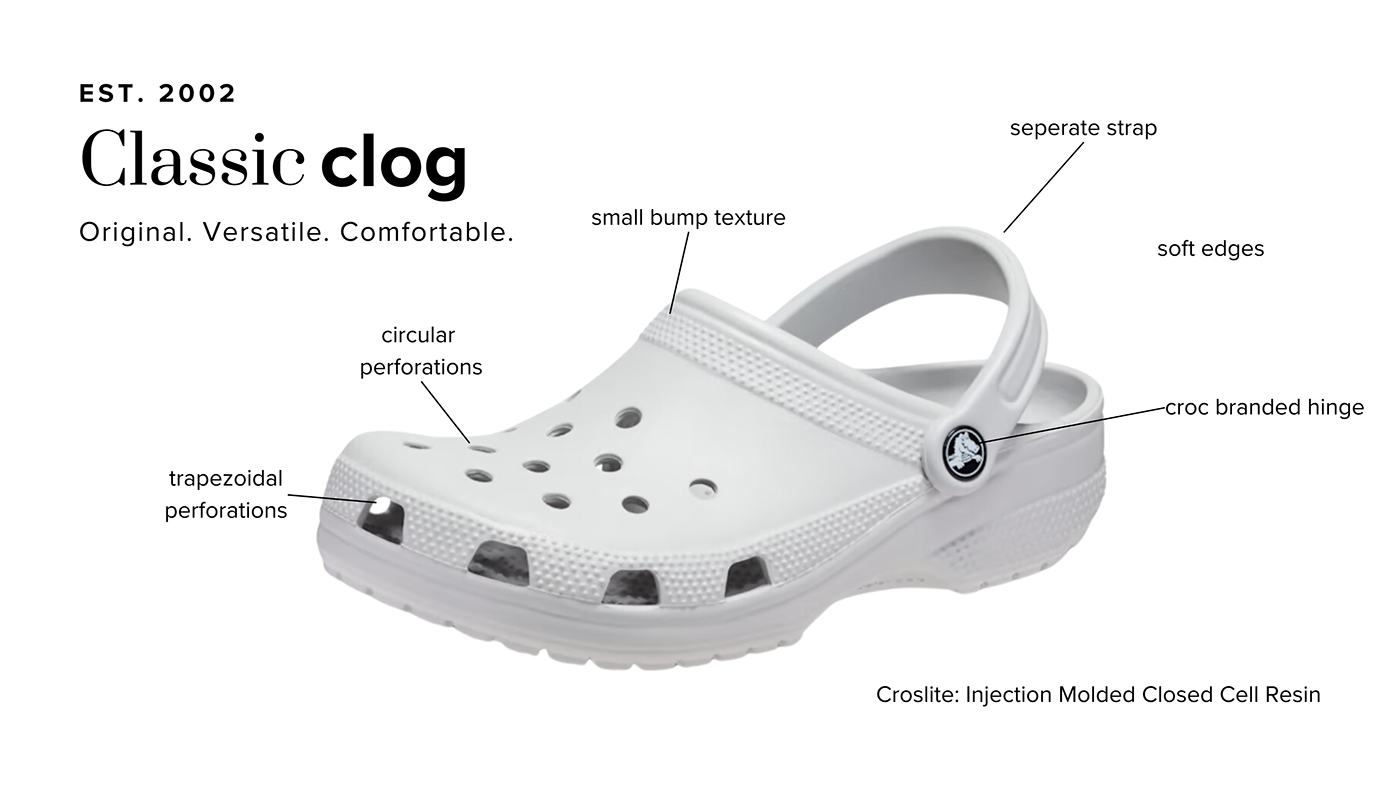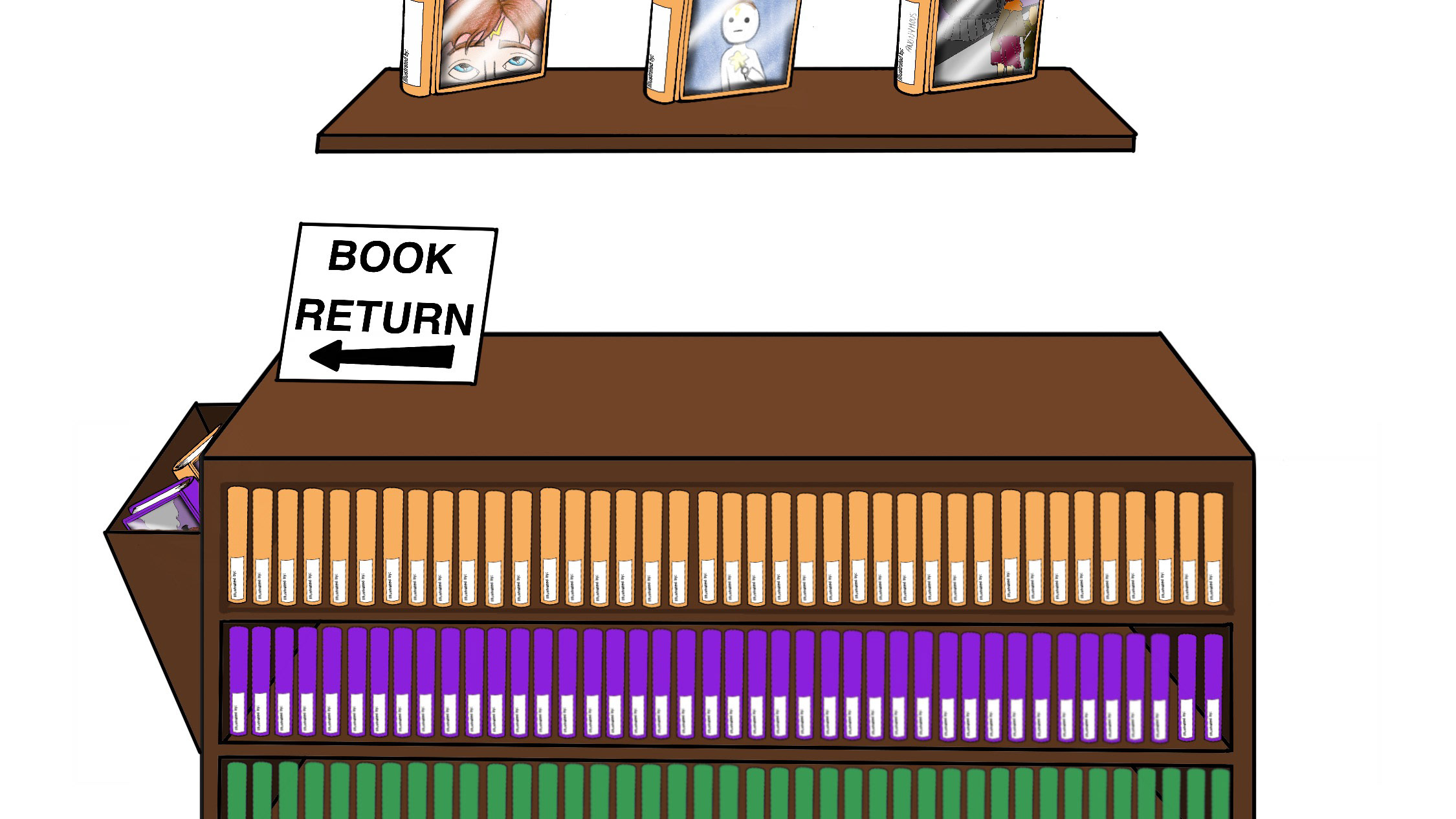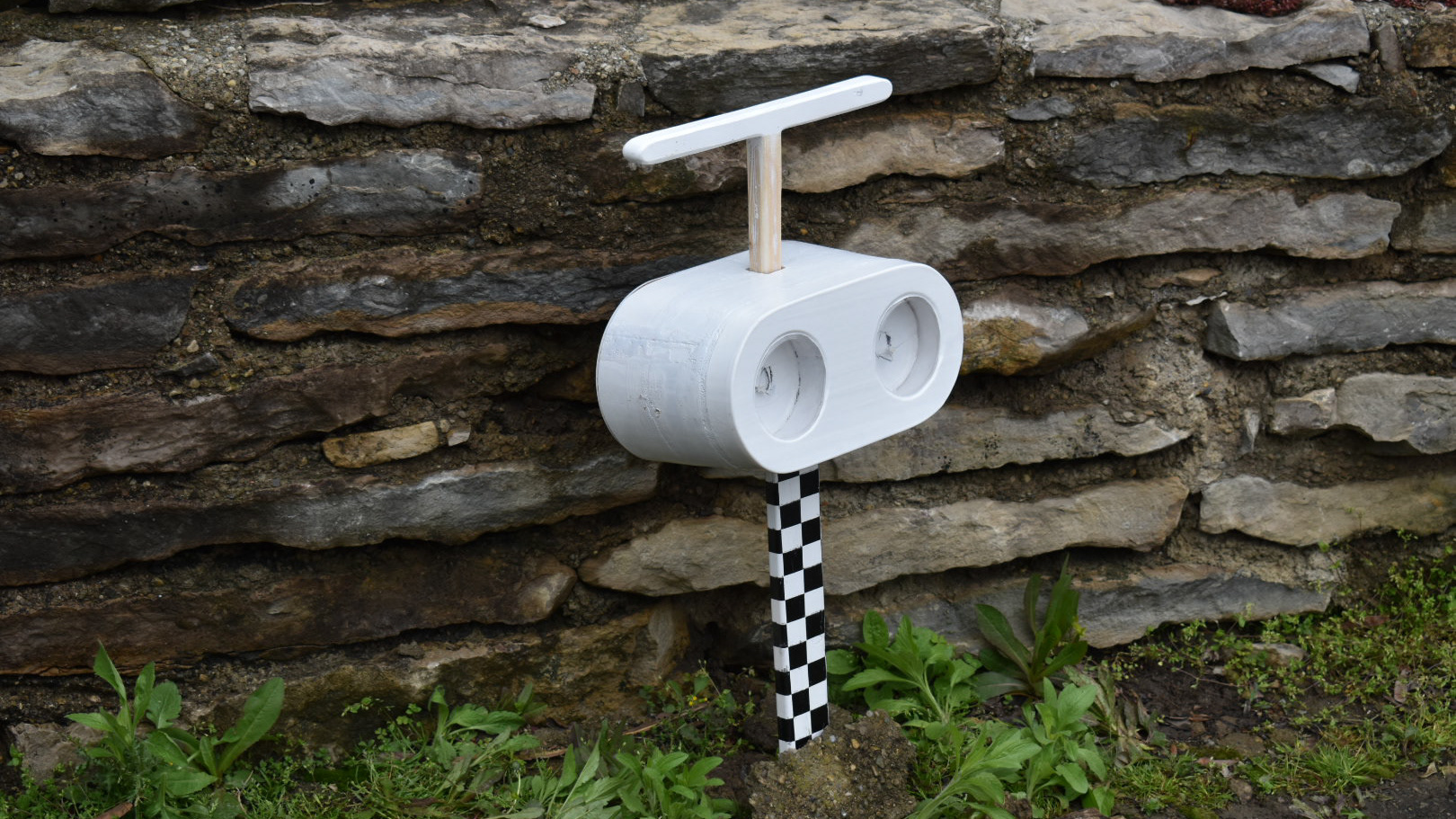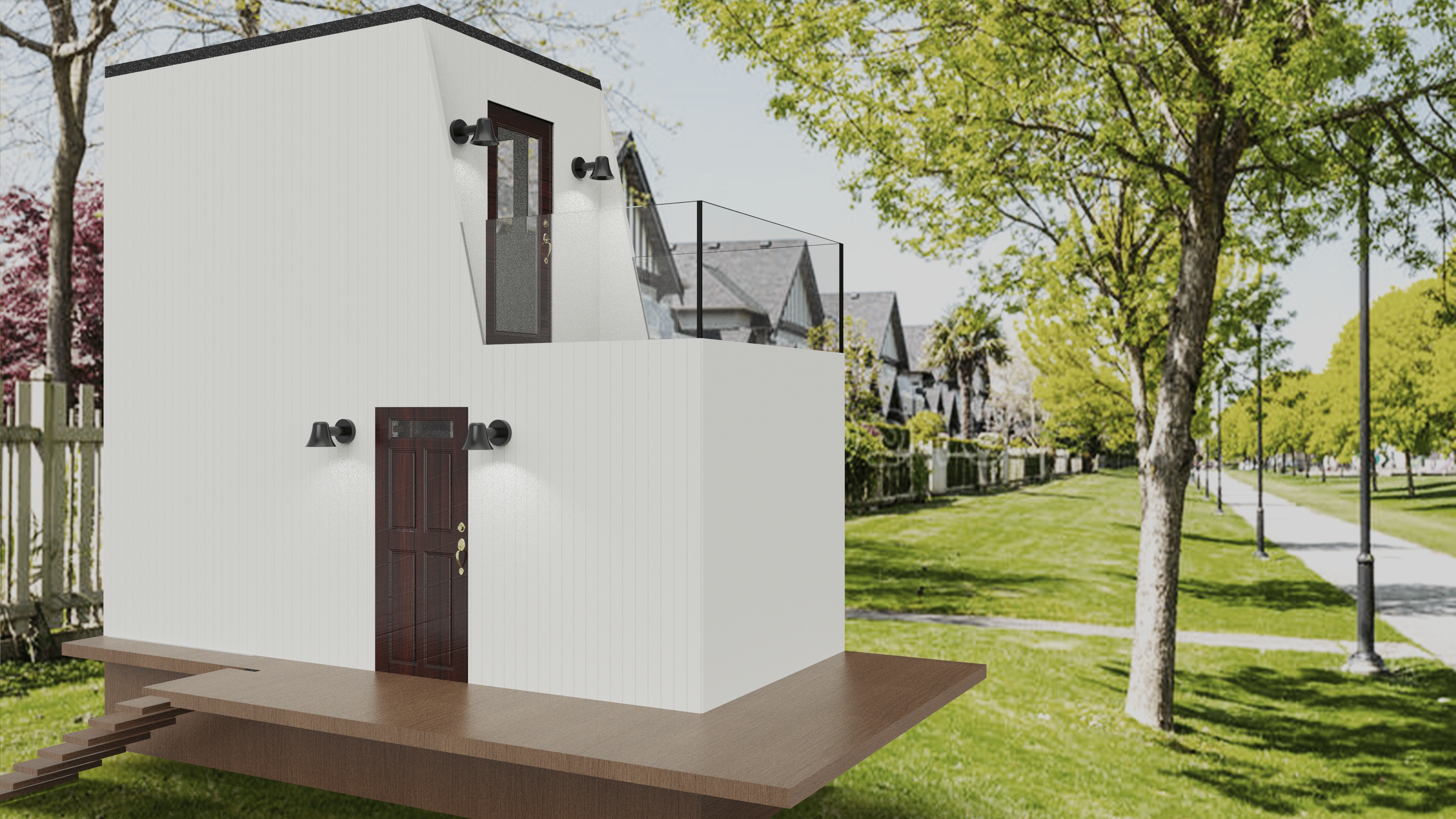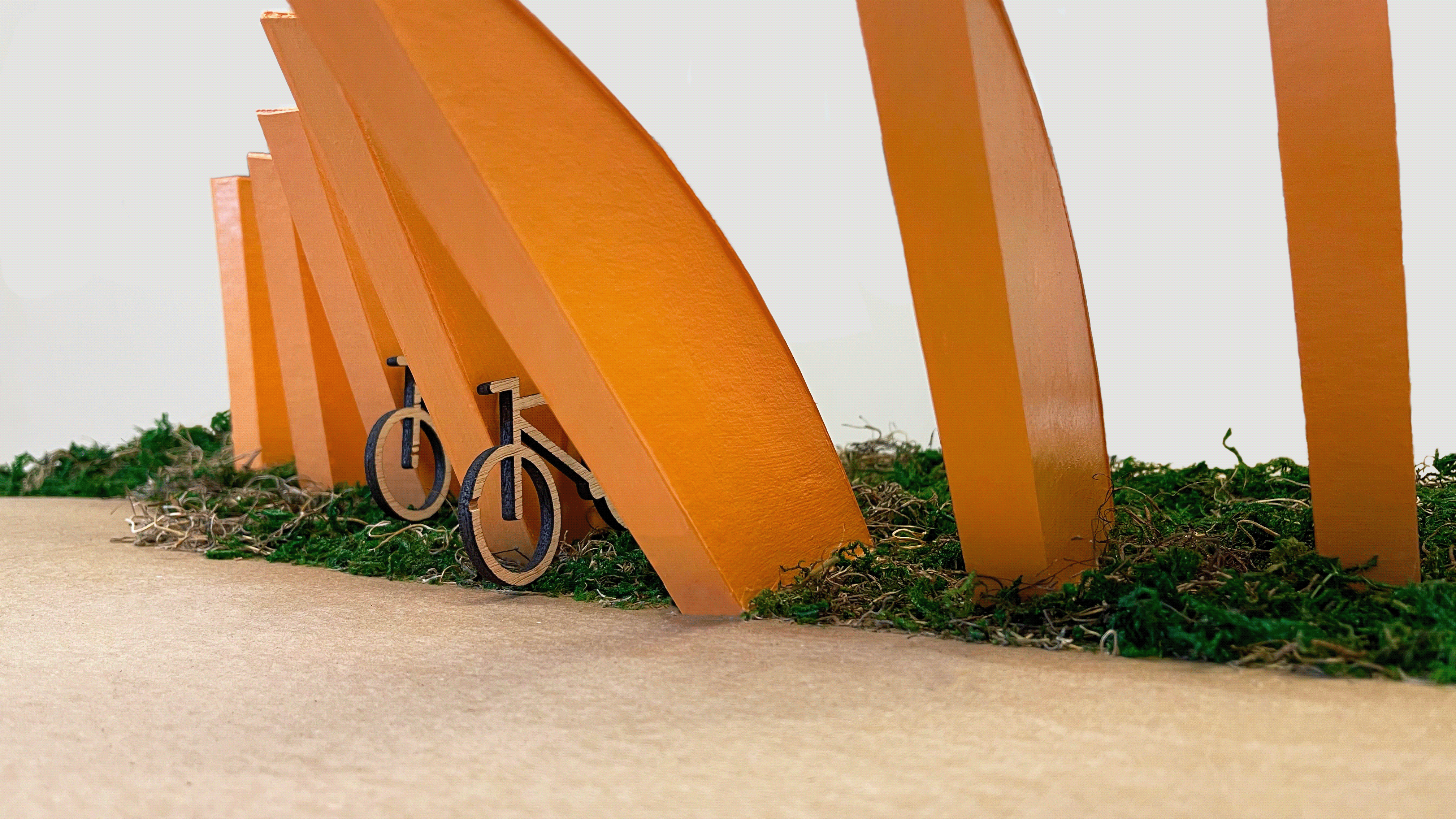Objective: Design a "one-off" object to fit the anatomy of a unique individual. Form and navigate a custom toolchain that includes the use of 3D scanning technology.
Target Audience: Individuals with spinal deformities that may require the use of a back brace
Project Duration: 18 days
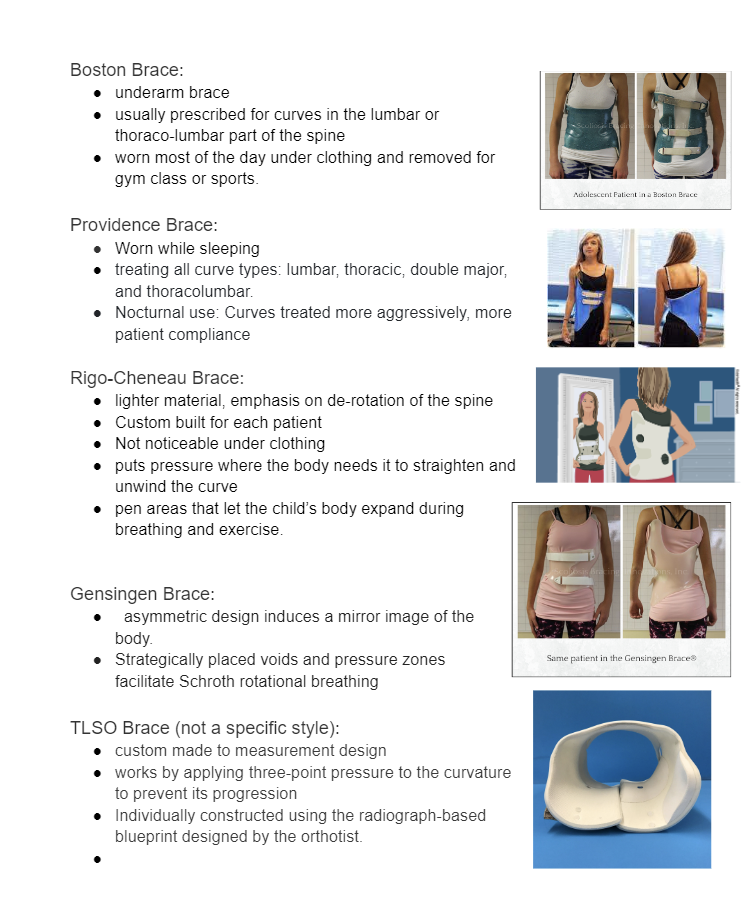


Background research was performed on the different spinal deformities and the subsequent back brace devices that are used to correct the deformity or prevent its further progression.
Some problems identified with the existing braces on the market are:
-Children only wear braces a fraction of the suggested time
-Trapped heat and low breathability causes sweating and unwanted moisture
-Braces are often worn under clothes to hide the device
-Braces need to be repurchased as an individual grows
-Braces require custom measurements to be taken per individual
-Manufacturing individually constructed braces can take time

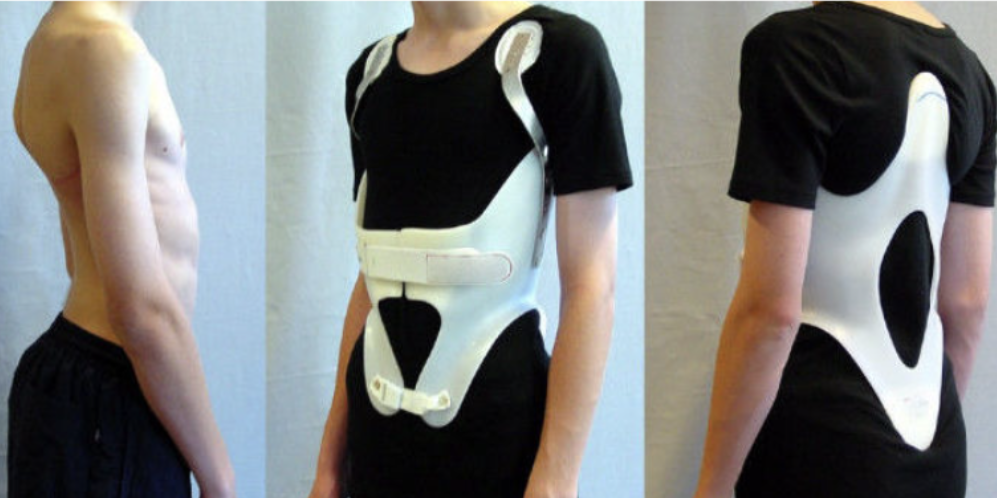

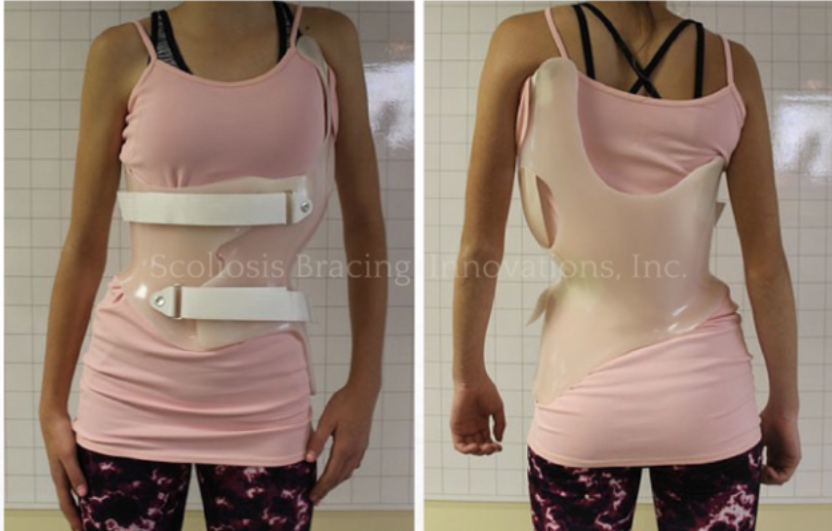
Brief: Design a back brace built off of the measurements gathered from a 3D scan of the affected individuals spine.
Key Words:
-breathable
-Beautiful
-Comfortable
-Easy
Visual Reference Board: Patterns and Textures
3D scans were taken with the use of an iPhone camera and a 3d scanner app. This mesh model was then taken into fusion 360 for slight refinement.
The mesh scan was taken into the vr workspace within Gravitysketch and overall form and pattern was explored.
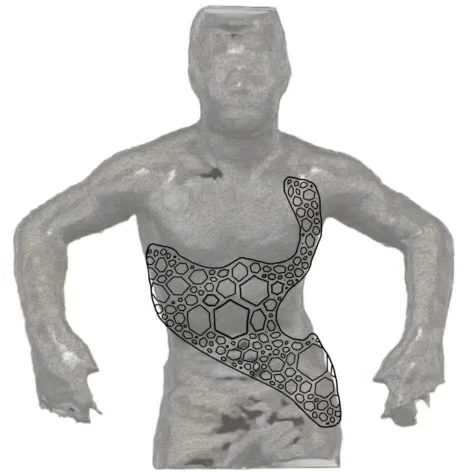
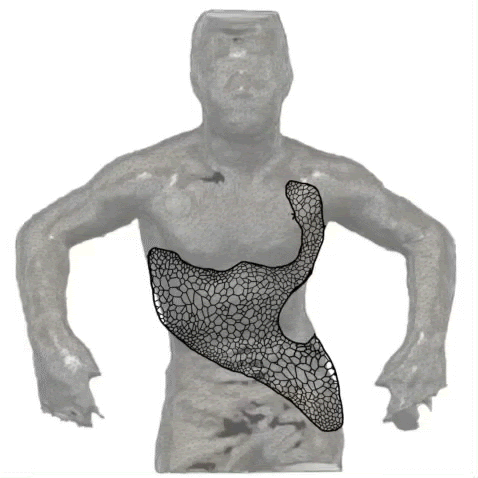
The final concept with varying patterns were modeled and finalized within gravitysketch.
CMF was applied and the proposed concept was finalized.
This back brace boasts multiple breathable cut-outs and offers a variety of colors and patterns to cater to those who desire a device they can wear proudly. Utilizing a 3D scanner enhances measurement accuracy compared to traditional hand-measuring methods. Moreover, these scans can conveniently be conducted at home, eliminating the necessity for extra appointments or consultations.
For many individuals reliant on back braces for spinal stability on a daily basis, aesthetics are often overlooked. Although prescribed as a medical necessity for some, there's a growing demand for improved visual appeal. Enhancing the appearance of these braces could potentially bolster their acceptance and usage, transforming them from mere functional devices to stylish accessories.
